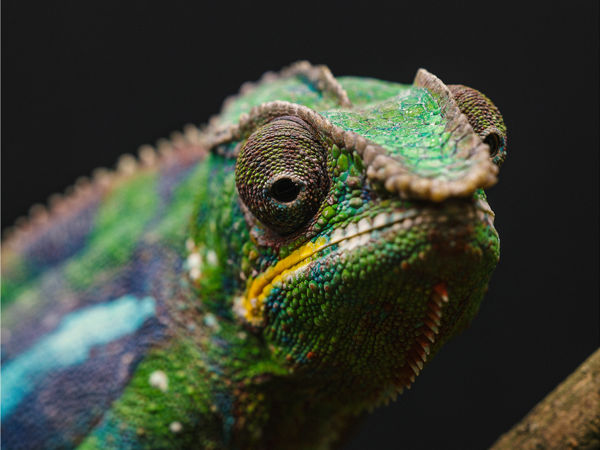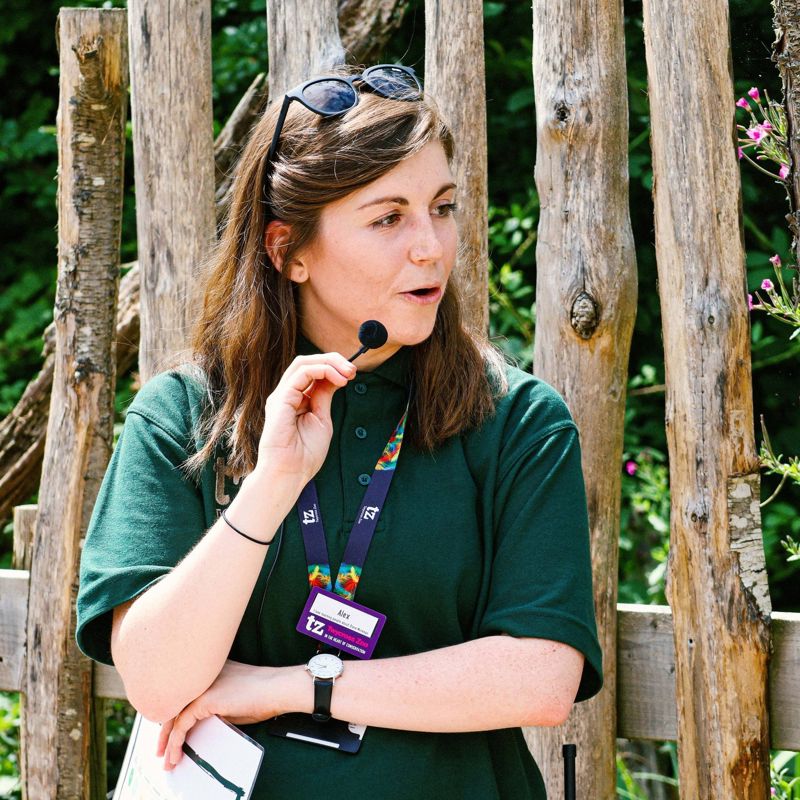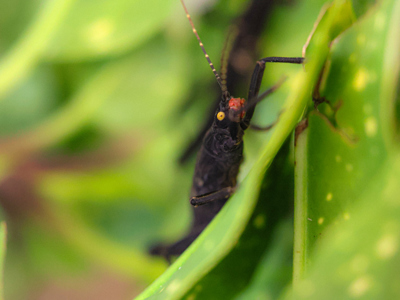
Golden-eyed stick insects
Scientific name: Peruphasma schultei
Range: Cordillera del Condor region of Northern Peru
Habitat: Andean cloud forest
Diet: Herbivore (only eats plants)
Average size: Males – 1.5-1.7’’, females: 2.2’’
Life span: Around one year
IUCN Red List: Critically Endangered
Golden-eyed stick insects come from a mountainous 12-acre area (about the size of six football pitches) in northern Peru. With a mostly black colouration to their bodies, their yellow eyes and red hindwings are a striking feature of these captivating creatures! Their relatively recent discovery in 2004 was a lucky coincidence when two key conservation areas were established to protect endemic (native) Marañón poison frog species in the same area.
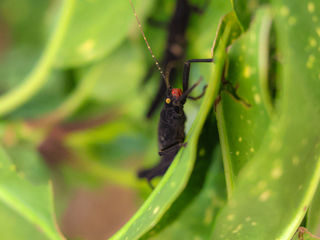
Golden-eyed stick insects are from the Cordillera del Condor region of Peru where it is thought the largest amount of plant biodiversity (variety of life) on planet Earth is located. By protecting golden-eyed stick insects, thousands of important and undiscovered plants can be protected too
A corrosive liquid is sprayed from the back of their neck that helps the golden-eyed stick insects to defend themselves from predators.
Golden-eyed stick insects live within a very small 12-acre range, which makes recreating their habitat and requirements in captivity very tricky. Here at Twycross Zoo, our expert keepers are able to replicate particular conditions that keep these creatures safe, giving them the opportunity to reproduce and keep their captive (zoo-based) population numbers stable
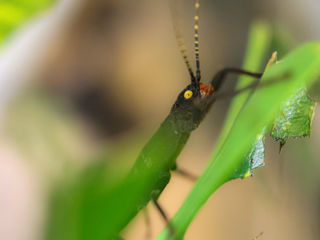
Females in this species grow to be much longer and plumper than the males – this physical difference is called sexual dimorphism, meaning males and females of the same species have different physical features
These herbivores (animals that only eat plants) are known to live and feed on trees in the pink peppercorn family, but are happy to eat other plants like bramble, oak, ivy and rose in captivity
Golden-eyed stick insects are nocturnal (most active during the night-time), meaning they eat and move mostly after dusk and before dawn
Golden-eyed stick insects are ‘Critically Endangered’ according to the IUCN Red List, meaning they are at extremely substantial risk of extinction in the wild. This is due to:
Forest fires: with the aim of converting burned areas into agricultural developments, these fires have a large impact on the small area within which golden-eyed stick insects live, removing their food sources and shelter and making them uninhabitable.
Physicality: Golden-eyed stick insects are unable to fly, making it difficult for them to escape the dangers they face in search of suitable habitat elsewhere.
-
![362277039 664600909026309 8369226469419348221 N]()
What we're doing...
Safeguarding Critically Endangered species: golden-eyed stick insects require specific conditions to survive and thrive and our team of expert Keepers are on hand to replicate these conditions to ensure their survival
Education: educating our visitors about golden-eyed stick insects allows us to discuss the threats they face and raise awareness for the broader issue of changing landscapes to grow food at the expense of surrounding wildlife, and to understand the contributing factors as to why these types of decisions are made.
-
![Golden Eyed Stick Insect (1)]()
How you can help?
By choosing to visit and support conservation charities like Twycross Zoo, your money is contributing to the care of Critically Endangered creatures like the golden-eyed stick insects, along with many more animals facing significant threats in their wild habitats.
